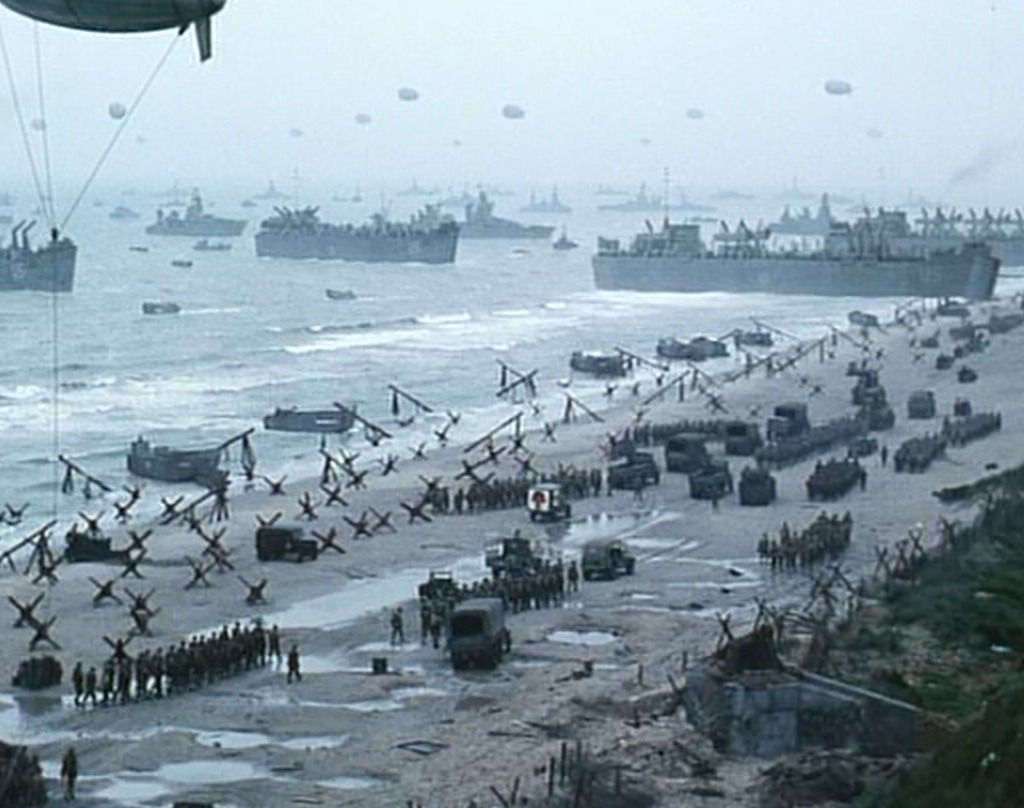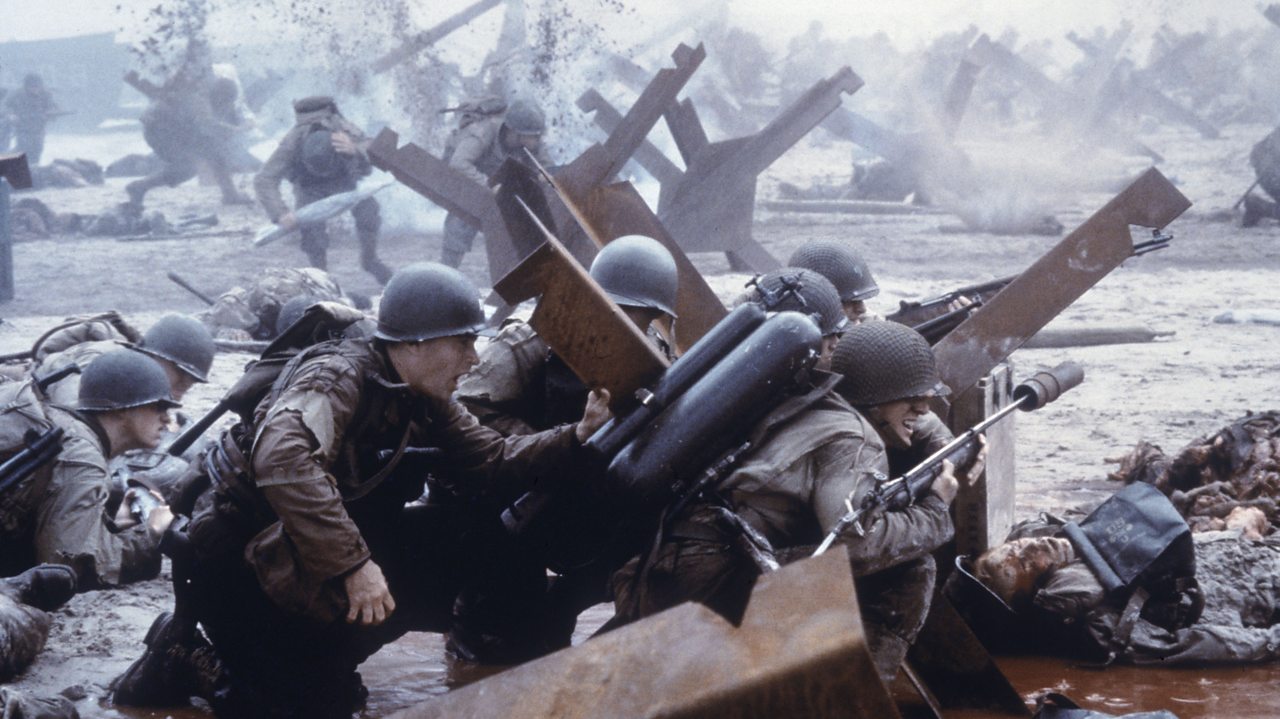
The Germans also had close to a million men spread throughout the 'Westheer' – the Western Front – an area encompassing Norway, Denmark, the Low Countries and Italy, as well as France.įortunately, thanks to ' Operation Bodyguard', most of them were in the wrong place and would remain so for some time. The Allies had every reason to fear these men, for the SS, of which there were several divisions' worth in Normandy, were generally the most motivated and strongest units in the German army. He had also watched agog as they calmly knocked out two Canadian Shermans with their Panzerschreck– hand-held rocket launchers – then shot all the crew." SS ‘Hitlerjugend’ and Tauber had been immediately struck by the difference in mentality between these young, aggressive, confident men and those he had led in the bunkers. These had been from the reconnaissance battalion of the 12. "German reinforcements were reaching the front… Oberleutnant (Senior Lieutenant) Cornelius Tauber had managed to escape the horror of being nearly grilled alive and had run into a group of Waffen-SS men. The textbook ratio for an attack force was 3:1, and while the Germans had certainly been overwhelmed for the time being, there were potentially huge numbers of reinforcements on the way.Īnd some of them, James Holland explains in 'Normandy '44', were crack units: On the other hand, this was barely a 2-to-1 advantage, and even less so when the 10,000 Allied casualties sustained on 6 June were taken into account. What's more, it dwarfed the 78,000 Germans defending the region – (For a comprehensive look at the D-Day mission that kicked off the Battle of Normandy, click here).

It's also an historically and militarily significant figure, for this was the number of Allied soldiers who had managed to get ashore in Normandy by the end of 6 June, 1944: D-Day.


Moving 156,000 men from one country to another in 24 hours is an impressive feat by any military standards.


 0 kommentar(er)
0 kommentar(er)
